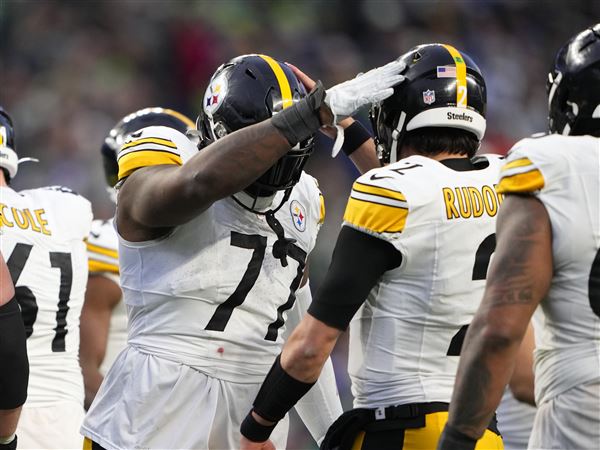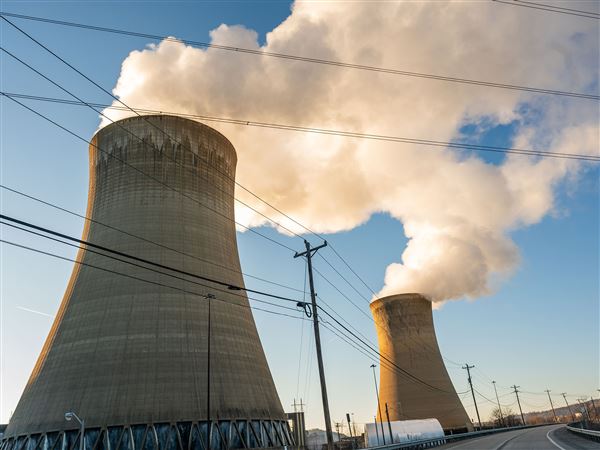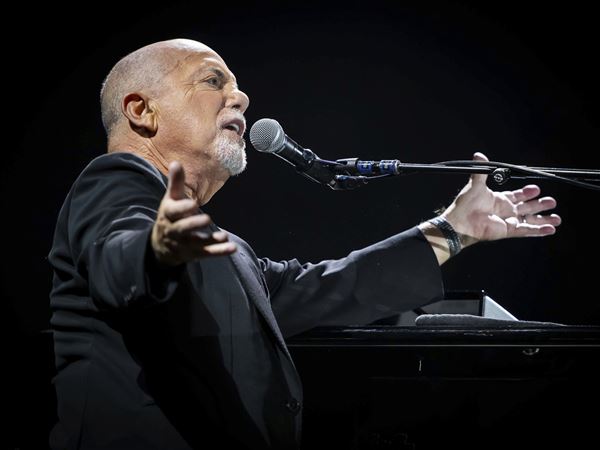Click here to submit your question
Note: You can follow the Penguins on the Penguins Plus blog at PG-Plus. Membership in that site is only $3.99 per month or $36 per year.
Q: On shootouts, would it be better for the shooter to come in with speed instead of the slower, methodical approach many Penguins players employ? I want the goalie to be guessing and not just staying square to the shooter all the way in. The skater can always slow down, but not speed up, at the end of the attempt.
Brian Foster, Hermitage, Pa.
MOLINARI: Attacking with speed, in general, seems like it would be the most effective approach on penalty shots, but the thinking here is that it is more important for the shooter to feel comfortable with the way he attacks the goalie than it is for him to adhere to a particular philosophy.
If anything, mixing it up -- moving in deliberately on some occasions and at full speed on others, not always going high or low, or to the glove hand or stick side -- would be the way to go, because it would make it tough for opposing teams to get a book on the shooter, and thus have the goalie guessing about what to expect. The catch, of course, is that not all players are effective at every skill -- some, for example, might have trouble consistently putting a backhander under the crossbar from close range -- so some shooters might not want to attempt something that's outside their comfort zone, especially when the outcome of a game is at stake.
Of course, there's almost nothing that most of the Penguins could try during shootouts that would make them less effective than they were during the first month of this season. Aside from Sidney Crosby, who is 4-for-4, the Penguins are 2-for-9 in shootouts. The breakdown: Chris Kunitz, 1-for-1; Kris Letang, 1-for-4; Bill Guerin, 0-for-2; Evgeni Malkin, 0-for-1, and Alex Goligoski, 0-for-1.
Q: Has there been any consideration by the NHL to get rid of the nets above the glass in each of the end zones? I know the reason behind them is to protect people from flying pucks because of the 13-year-old girl who was fatally hit by a puck in Columbus several years ago. I think that was a freak accident and will never happen again. The nets have become more of an annoyance, not only to the spectators behind them but to the players as well. Now there is talk of bringing in instant replay to determine if a puck touches it or not, which will slow the game down. Don't you think it's time the NHL get rid of them once and for all?
Nathan, Johnstown
MOLINARI: There's no indication that the league has even thought about removing those nets, let alone given the idea serious consideration. And no one should expect it to happen anytime soon, either.
Or maybe ever, unless someone comes up with a better, less intrusive way to protect fans who sit behind the nets.
It's reasonable to feel that crowd members, especially those sitting in areas where pucks could reasonably be expected to go, should assume some measure of responsibility for their own safety. That includes paying attention to what is happening on the ice, but it's not practical to believe that every fan in those places will be focused on the puck every second it is in their end of the rink.
As the tragedy involving Brittanie Cecil, the teenaged girl who died a few days after being struck in the left temple by a deflected puck during a game at Nationwide Arena in 2002 proves, an utterly ordinary sequence of events can have horrific consequences. Certainly, what happened to her was very much the exception -- she was the first fan to be have mortal injuries inflicted by a puck during an NHL game -- but that doesn't detract from the avoidable loss suffered by her family and friends.
Those nets certainly affect the view of people sitting behind them, but the belief here is that preventing fans from being injured is more important than giving everyone an unimpeded view of what's happening. And in a society as litigious as this one, it's hard to imagine that many, if any, team executives would disagree.
First Published: November 5, 2009, 10:00 a.m.

















